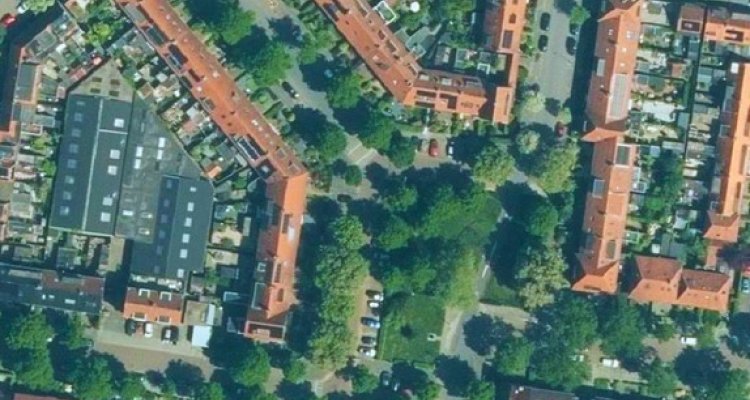
Colloquium
Estimating Urban Tree Vitality using Satellite-derived Indicators
By Marilena Willemsen
Abstract
Urban trees play a critical role in providing ecosystem services amidst rapid urbanization, but they need to be monitored due to close proximity to humans and city infrastructure. While visual tree assessments (VTA) have traditionally done so, recent advancements in satellite imagery offer remote monitoring possibilities. This study assesses the possibility of estimating urban tree vitality using satellite-derived indicators, focusing on the efficacy of different indicators and the impact of tree species. Superview NEO imagery was used to calculate 12 indicators, categorized into two subsets: spectral indicators (RGB and NIR band) and textural indicators (8 grey level co-occurrence matrix features). XGBoost models were trained on a tree dataset containing 4 VTA classes. In total, 18 models were compared: three models on the indicator subsets for each 6 subsets of the tree dataset (all species and 5 tree species). An overall accuracy and kappa of approximately 59% and 0.14 are unsatisfying, but promising. The models containing all indicators performed best overall. Grouping by tree species generally increased the kappa but the accuracy remained the same. The scores can mostly be attributed to the uneven distribution of classes. The results show that, with further fine tuning of the methodology, it is possible to estimate tree vitality in urban environments using satellite imagery. Future studies should focus on comparing a tree to itself over time through time series analysis to minimize the effect of variation between individual trees.
Keywords: urban trees; tree vitality; satellite; remote sensing; classification